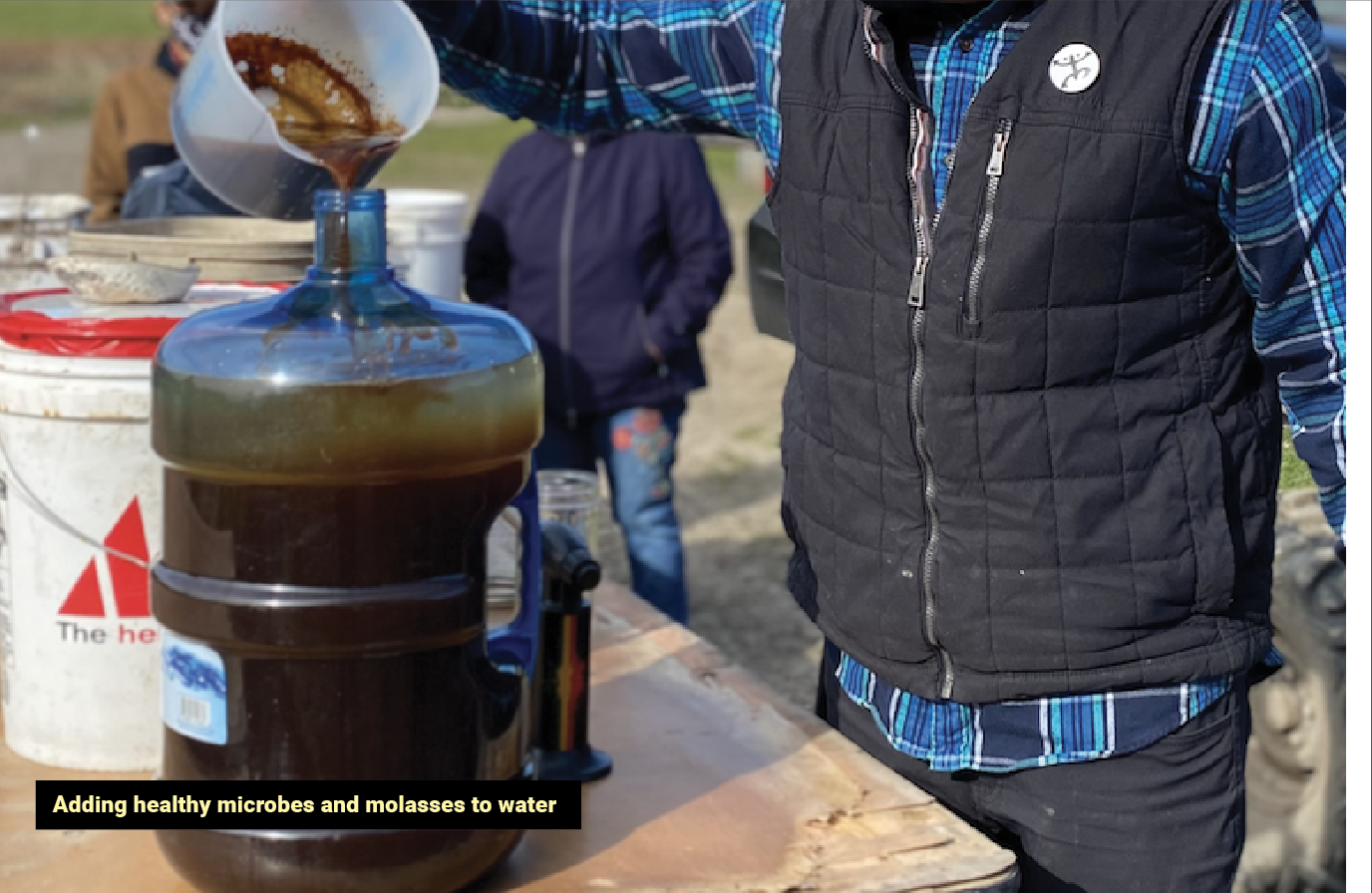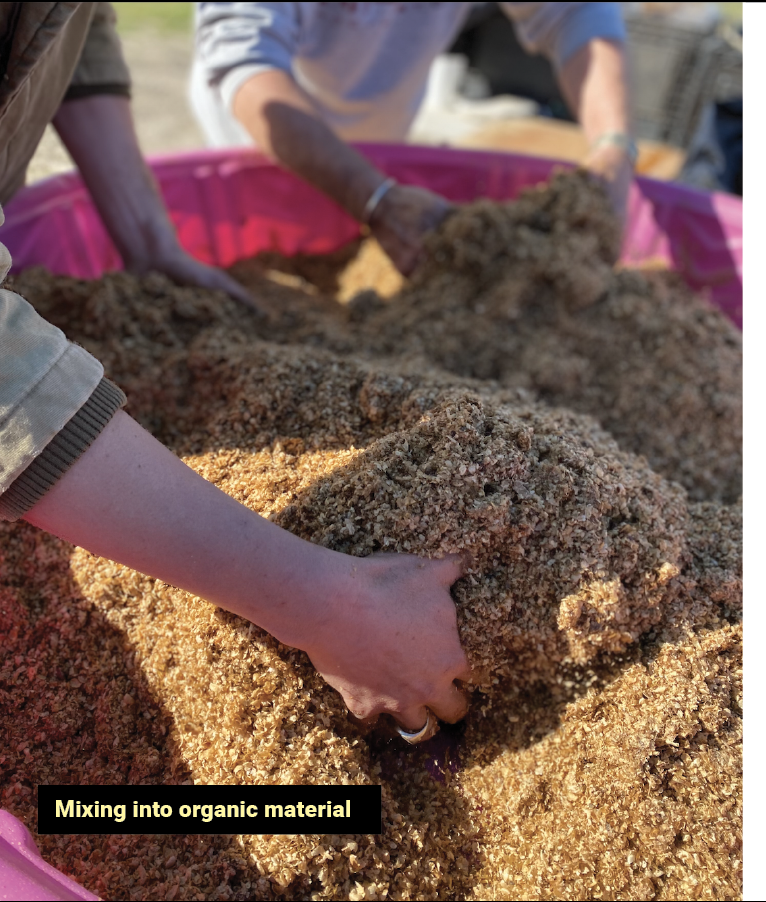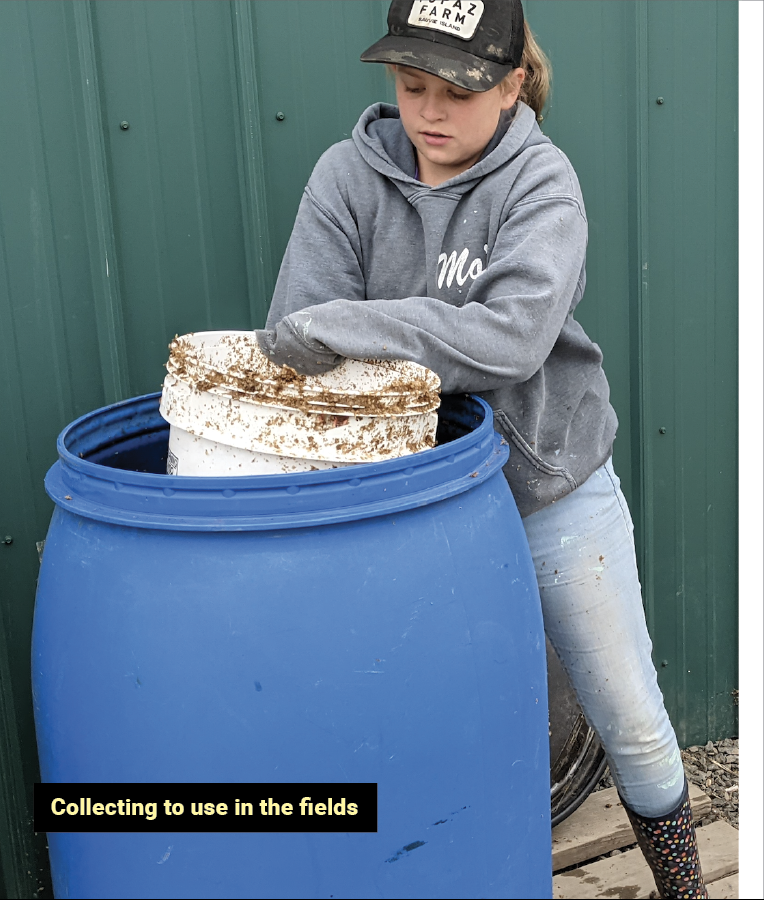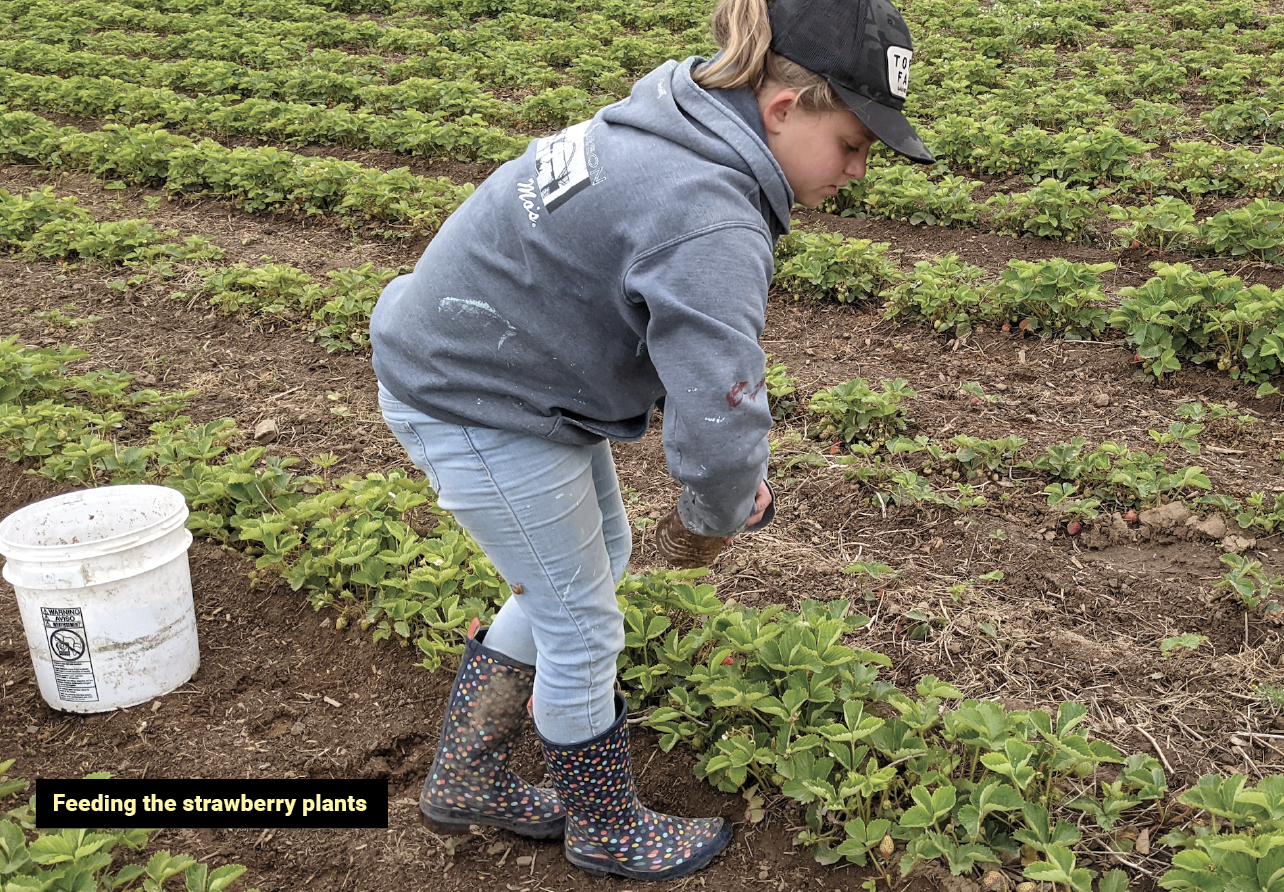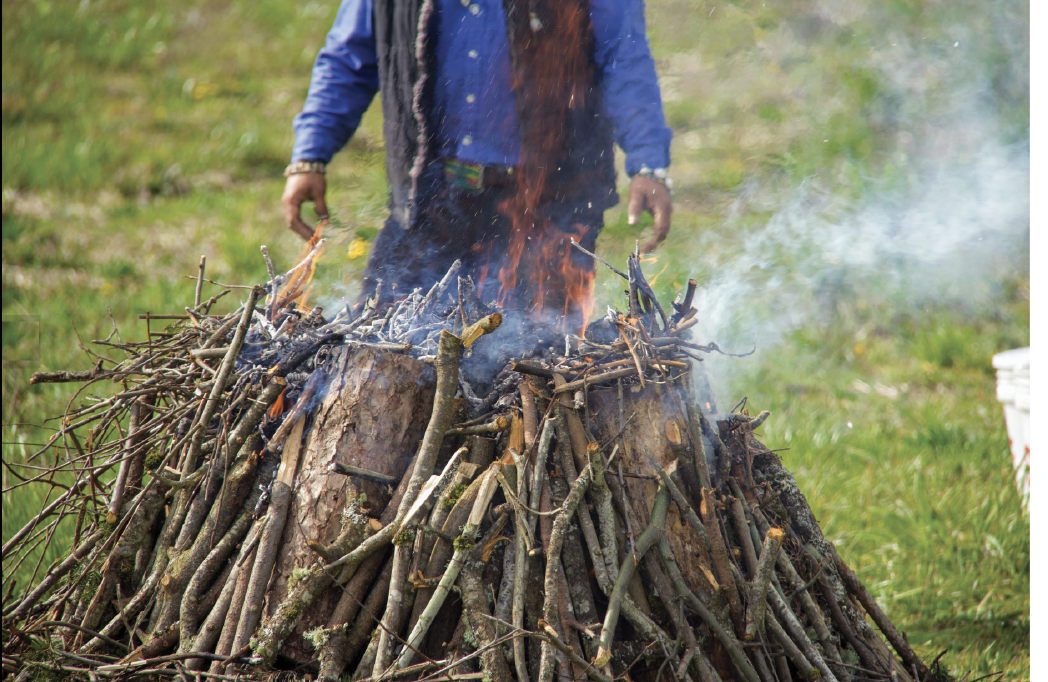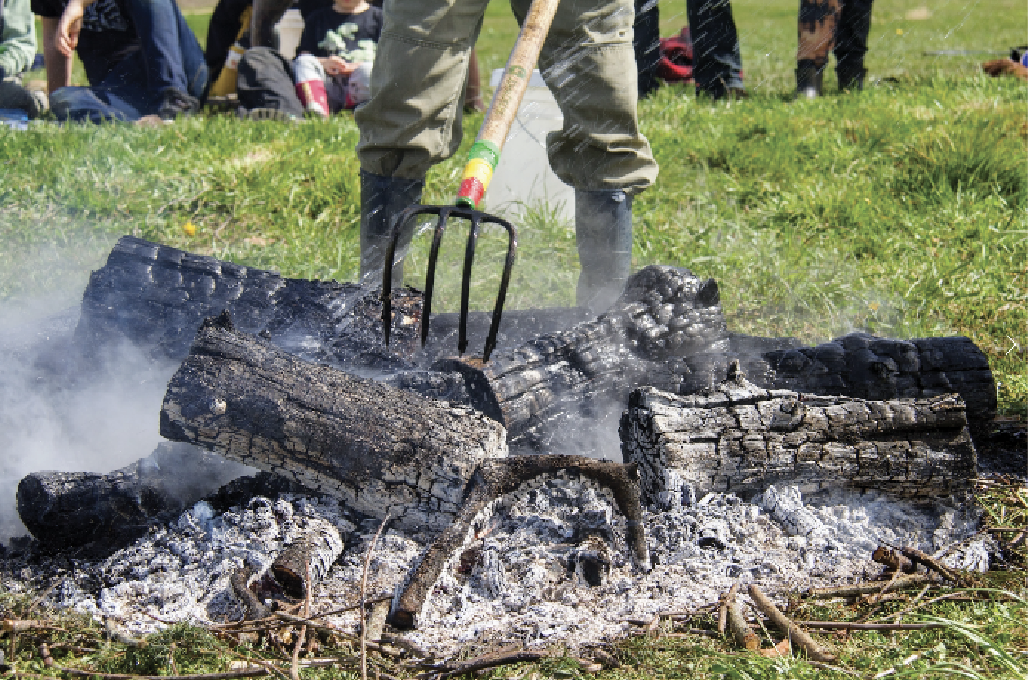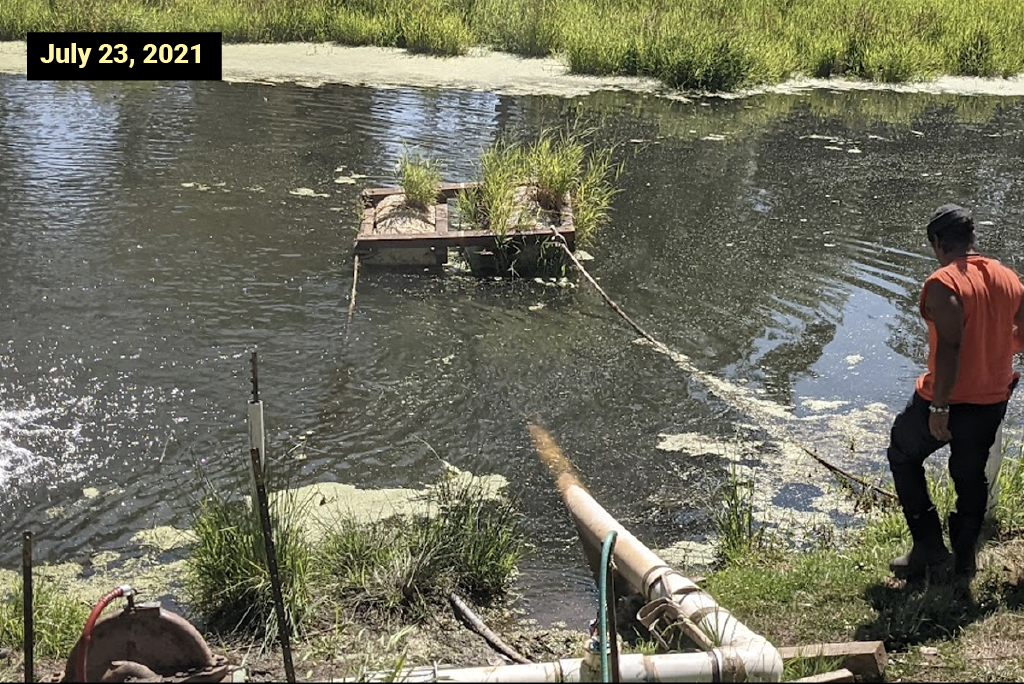Regenerative Farming on Topaz Farm
We realize that regenerative farming means different things to different folks. This is what regenerative farming means to us.
Every day, our team works to improve the health of the soil and the water. We do this without adding pesticides or poisons.
There are lots of ways to have an instant result to a problem or issue, but for long term, lasting health for both the farm and the ecology we use the slow and steady approach of the “tortoise versus the hare” to finish the race.
For example, when we had cucumber beetles in a field, we could have quickly eliminated them with some pesticides. Instead, we tried a poison-free deterrent. But it didn’t work so we shifted our approach and kept trying different solutions.
Next, we tried allowing some of our ducks and chickens in the field that we thought would eat the beetles. But the birds often roamed to other fields where we didn’t want them.
Then we observed swallows gobbling up the cucumber beetles elsewhere on the farm, so we put some swallow bird boxes on a few of the T-posts in the row of squash where the beetles were prevalent. Interestingly, this worked. We watched as the swallows would not only eat them - but bring them back to their boxes to feed their young! In the off-season, we plan to build more swallow bird boxes to enlist the help of the birds to minimize impact from the cucumber beetles. (Video/below: Adam feeding a cucumber beetles to one of the baby swallows.)
We also have built dozens of hawk perches and a number of owl boxes to address our previous rodent problem. Sauvie Island has so many trees for hawks to perch, that we needed to put easy-to-rest-on perches in the fruit and vegetable fields to encourage the birds of prey to spend time watching and hunting in the fields, as opposed to one of the many trees nearby. Not only has it worked, but it’s fun to watch the hawks hunt in the fields. They especially like to fly behind the tractors when we are turning up soil, to swoop down and grab various rodents. This season we’ve had our first Owl move into one of our Owl boxes. This is another big win for the farm, since the average owl family will eat 3,000 rodents each year.
Corn maze
Before we began planting our corn maze, we grew a cover crop. Cover crops help with soil erosion, improve soil health, crowd out weeds, control pests and diseases, and increase soil biodiversity. In every field where we plant a cover crop, we are making the soil stronger for the next crop to be planted there.
During the planting of our fields, we first add amendments to the soil including bokashi, biochar and organic fertilizer. In the corn maze, we added organic chicken manure before we planted the seeds. After planting, we have add compost tea to our water when we irrigate twice a week.
Compost tea
Compost tea is derived from beneficial fungi and bacteria including:
• Lactic acid bacteria - they same used to make pickles, yogurt and cheese
• Yeast - the same used to make bread, beer and wine
• Purple Non Sulfur Bacteria (PNSB) - which is used to make Swiss cheese and lives in the belly of worms!
We often refer to making compost tea as “kombucha for the soil” We use a kombucha-like starter and ferment it with molasses. We also use compost tea to make Bokashi.
Tools
To apply the compost tea, we use a variety of tools:
• Backpack sprayer - we add compost tea, water, molasses and then spray on fields early in the morning. The backpack sprayer is helpful when getting into areas that a tractor can’t easily get to.
• Spray Tractors - the tractor we have was formerly used to spray pesticides in the fields before we bought the farm. Now it sprays compost tea twice a week to the crops.
• Injection into our dripline irrigation - we use a Dosatron, which allows us to inject the compost tea directly into our drip hoses. When we are watering our crops with the dripline, the plants are also being fed with the compost tea at the same time.
• Directly into our overhead irrigation - we fill 55 gallon buckets and larger 275 gallon tanks with compost tea and then run a hose directly to our irrigation pump. This allows us to water huge fields and spread compost tea via our irrigation pipes and the big gun sprayers,
Bokashi
Bokashi is the Japanese word for fermented material. It is also another way we can deliver compost tea to the soil. By mixing compost tea with organic material - i.e. bran, wheat, rice, coffee chaff - and letting it dry, we now have organic material that can be spread into a field. We can also sprinkle it on farm waste to create compost.
We also mix bokashi with soil and water to create “Bokashi Balls”. These mud balls are a fun, easy and effective way to spread healthy microbes to soil and water ways.
Healthy microbes will split and double every 20 minutes. Think of your Sourdough Bread mix. Getting healthy microbes to soil and water helps the balance of good microbes to stay ahead of bad microbes.
Biochar
Another tool we use to improve our soil is by converting biomass. We take farm waste and turn it into biochar.
Typically during decomposition biomass releases gases like CO2 and Methane into the atmosphere. By employing methods like creating biochar, the CO2 and Methane is locked into carbon and remains stable for many years while enriching the soil.
One way we enlist the help of the community is by asking folks to drop off their Christmas trees, or broken limbs after a storm. We use the trees and limbs as biomass and burn in a special process (often in our giant kiln) to create biochar. This also prevents the discarded trees from otherwise ending up in landfills. This biochar helps maintain moisture in the fields and sequesters carbon.
Water
Contamination in local waterways affects the crops. Bioremediation has begun by adding our probiotic formulas to the water. At the site of our irrigation pump, we have a reduction in algae, and improved water clarity.
We do this by adding five gallons of compost tea daily to the creek where we get our water for irrigation. Not only did the water that had looked like chocolate milk get more clear, but it went from having a foul smell to no odor. This year, we observed the return of fish, frogs and most recently turtles - all indicators of improved water quality.
Observing changes to the soil
Fields that were unable to produce food due to pests and low nutrition only a year ago are now benefitting from the probiotic formula and the added biochar (carbon). The same fields are now producing healthy food which tastes better.
As a result of healthier soils the plants are exhibiting faster growth rates, thicker stems (no broken pumpkins stems), stronger immune defense against disease and pests, with deeper, richer colors and flavor.
Science has proven that soils rich in nutrients produce fruits and vegetables that are nutrients dense with more vitamins and minerals. You need to eat multiple carrots today, to equal the nutritional value of a single carrot grown a few decades ago.
Soils rich with probiotics develop a protective layer referred to as mycelium. Mycelium’s direct relationship to plant roots allows for nutrients, water, and protection from dangerous compounds, such as mercury, cadmium, excess nitrogen, arsenics, which are known to plague the local waterways.
Mycelium attaches to roots, extending beyond their normal reach, to import complex molecules vital for sustainable growth. Partnership with mycelium is evident when many mushrooms are visible on the soil surface.
Trial and Error
Another way to talk about Regenerative farming, is to compare it to a bank. You can’t keep taking money out, without adding money back in. Sometimes that also means observing and being flexible. Not trying to put a square peg in a round hole.
Strawberries vs. Artichokes (trials, errors & success)
We learned this the first year. We planted strawberries in multiple fields on the farm. We had a different level of success (and failures) in each field. The field where the strawberries had the least success tends to get very wet, has clay-like soil and lots of shade. So the following season, we removed the strawberries from that field. We had gathered artichokes that were growing in various places on the farm, and put them in that field as a holding place. The artichokes thrived. So at the end of the season, we save the seeds from two artichoke flowers and during the winter, we planted those seeds in trays in the greenhouse. By spring, we planted 350 artichoke plants that are all thriving in the very soil where the strawberries struggled.
Molasses + Pumpkins
Our biggest “aha!” moment last season came from molasses. We were planting our pumpkin seeds but they came out of the planter too fast. There should have been enough seeds for 20 acres, but we ran out after seven acres. This was a very expensive mistake. Selling our pumpkins literally pays for the majority of the farming we do. And now, even if we could get our hands on more seeds, they wouldn’t reach us for another week or two. When they arrived, we carefully planted them farther apart. In fact we over planted, in hopes that enough would grow by October, and that we would be able to cover our other expenses.
They grew, but it didn’t look like they would be ripe in time for the October rush. We decided to spray molasses on the fields to give them an extra shot of sugar to encourage growth. This was the first time we connected a 55 gallon drum to our pump. We got the big gun sprayers out, and watered the fields with the molasses, which we hoped would accelerate growth and encourage material fungi colonies. Success — the molasses resulted in huge pumpkins with deep color and strong stems.
An unanticipated perk was little to no powdery white mildew. Typically organic pumpkins suffer from a powdery white mildew, however the molasses protected the plants AND increased vitamins and minerals which created stronger plant tissue and made them slower to degrade over time. This also resulted in strong stems, which was a huge win. No one wants to pick up a pumpkin and have the stem break.

